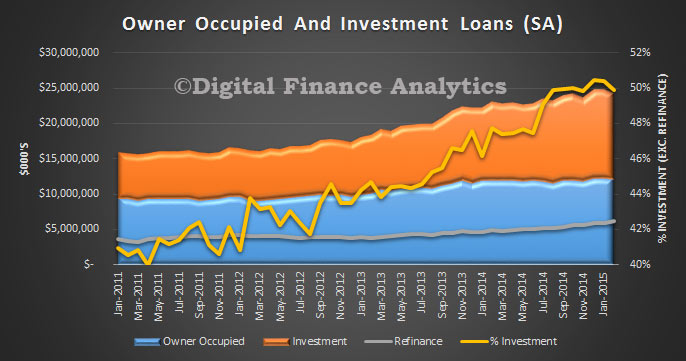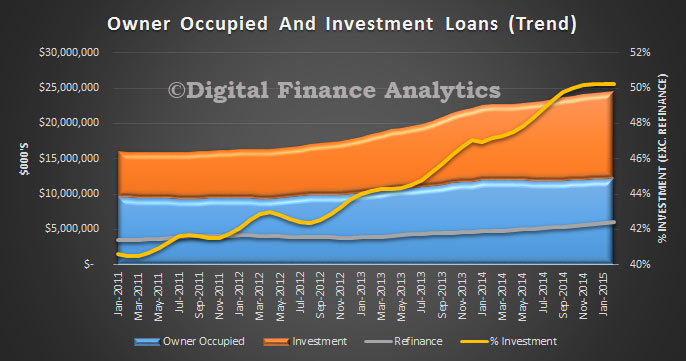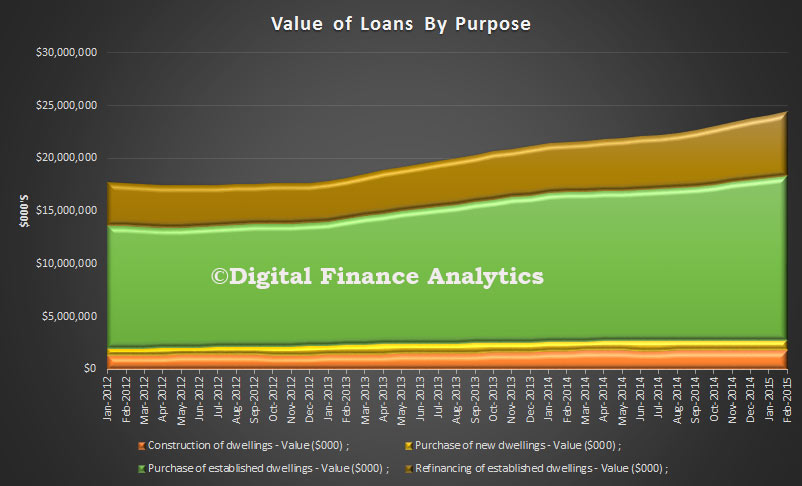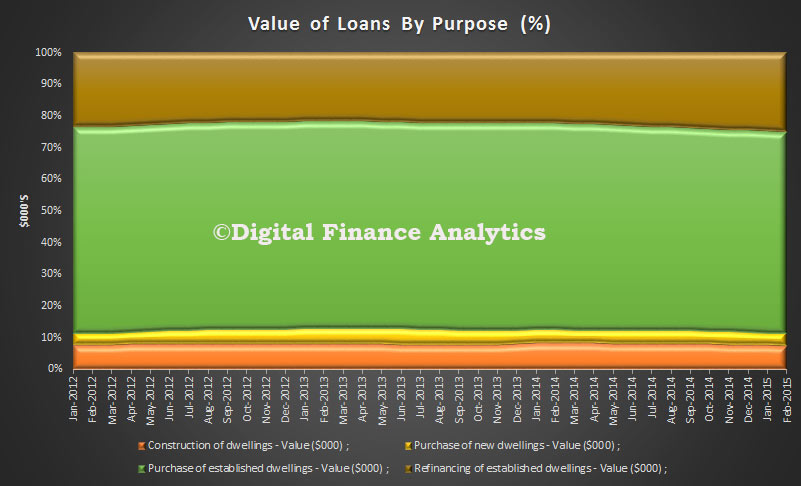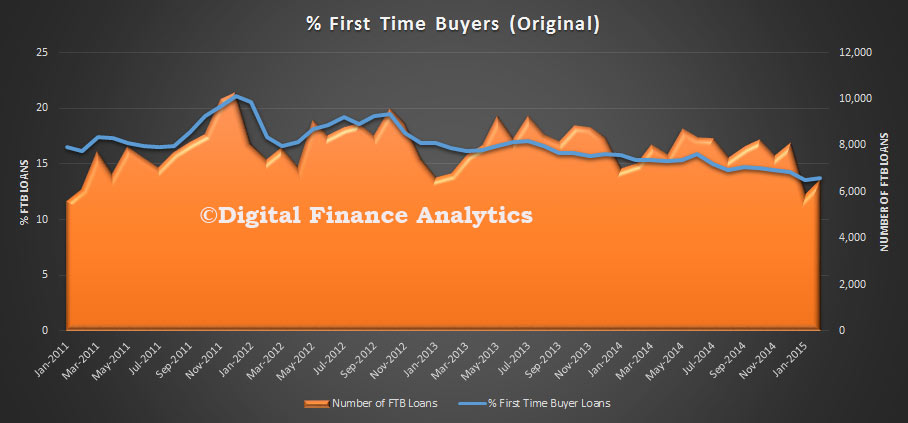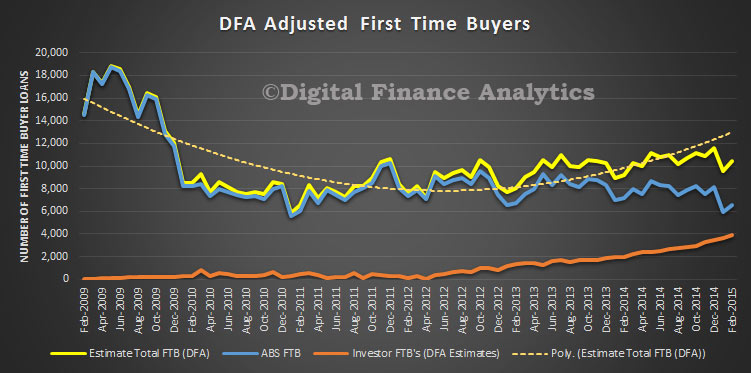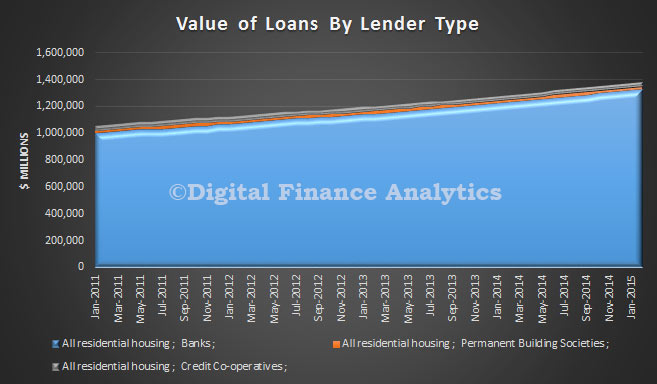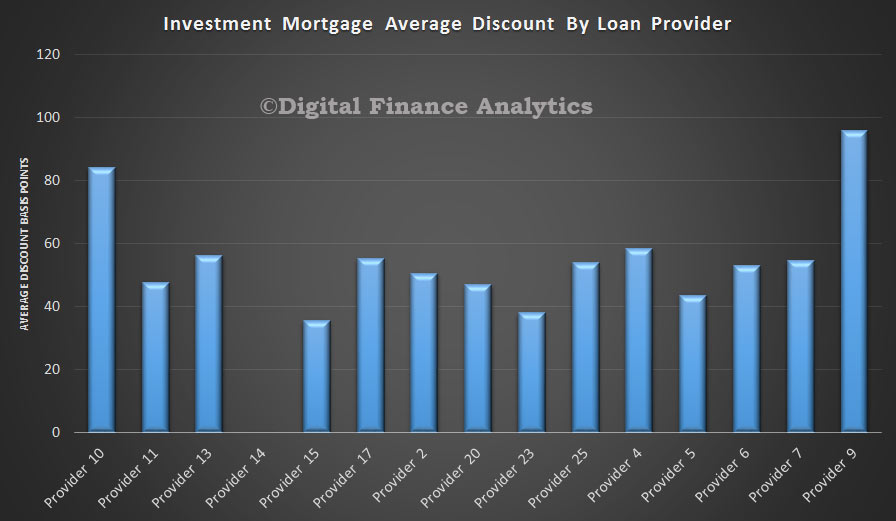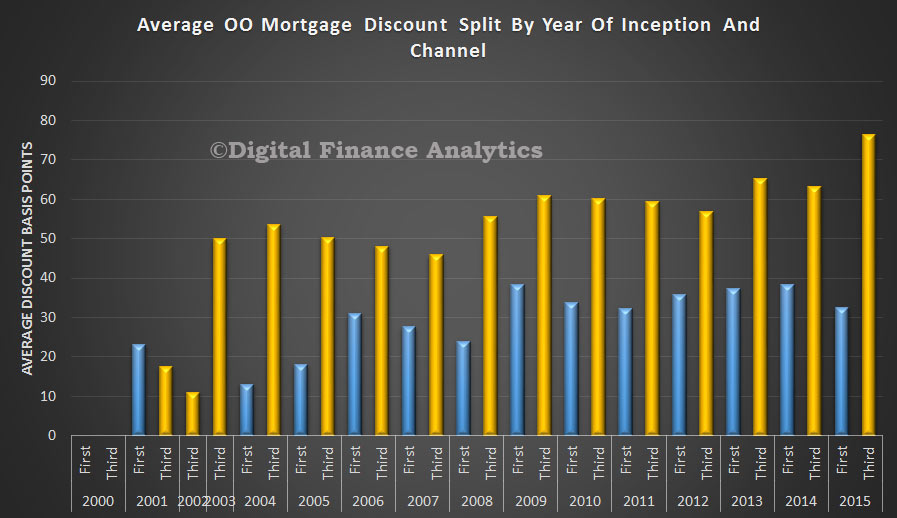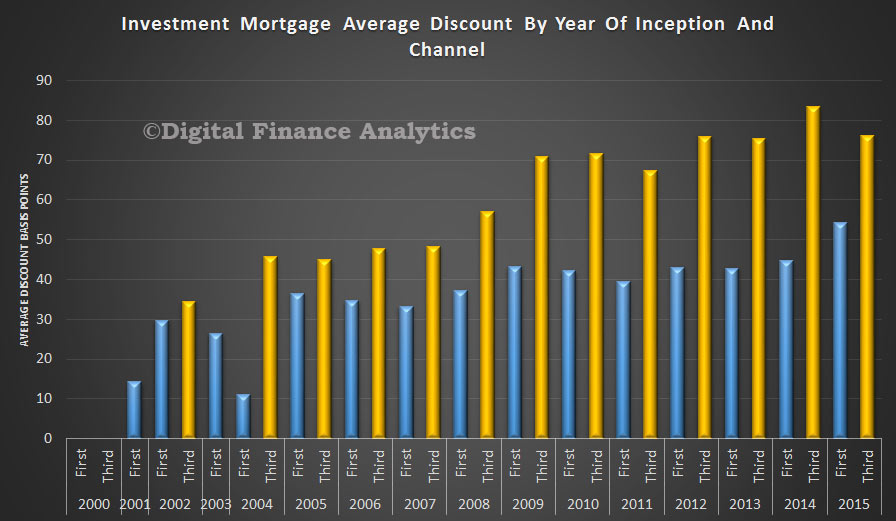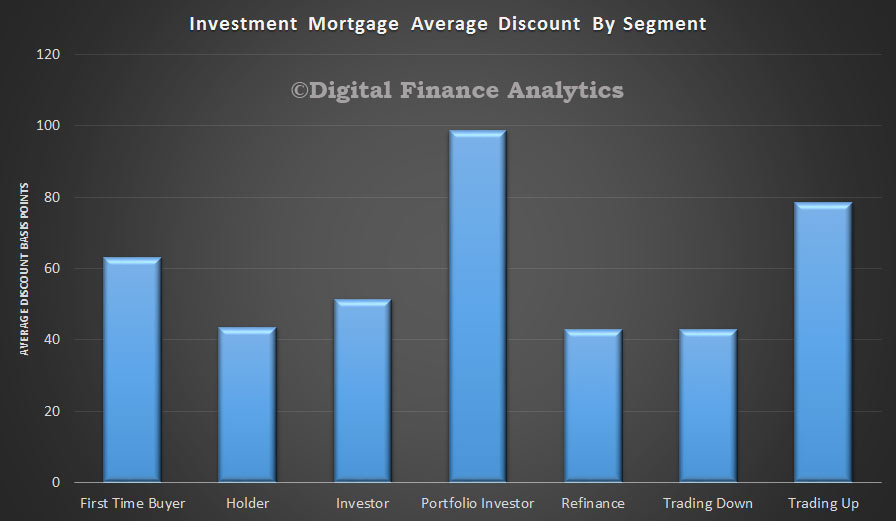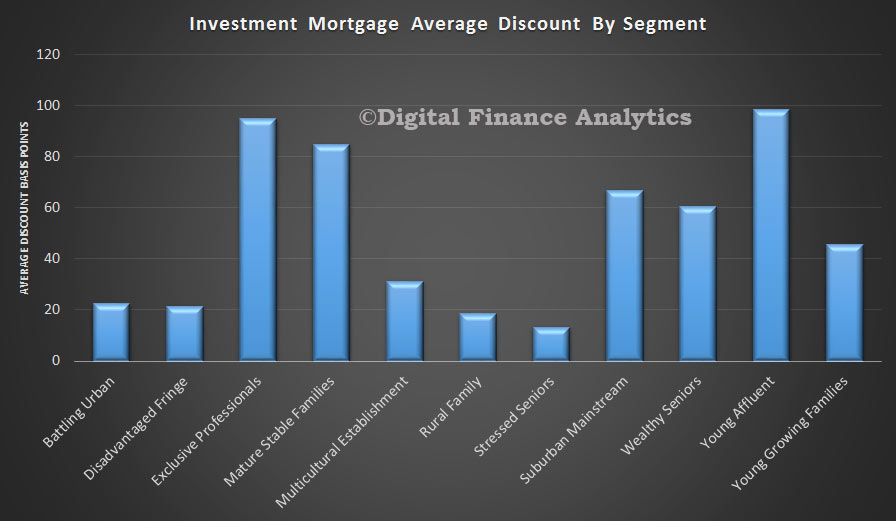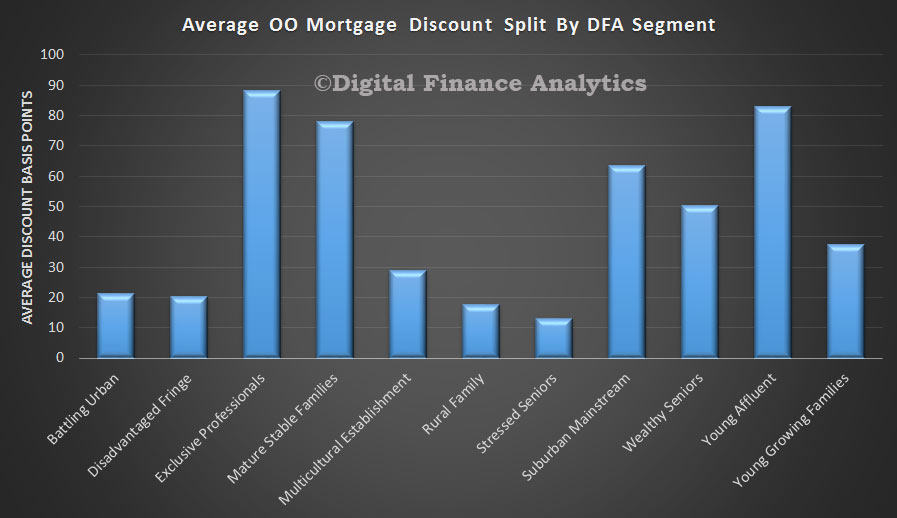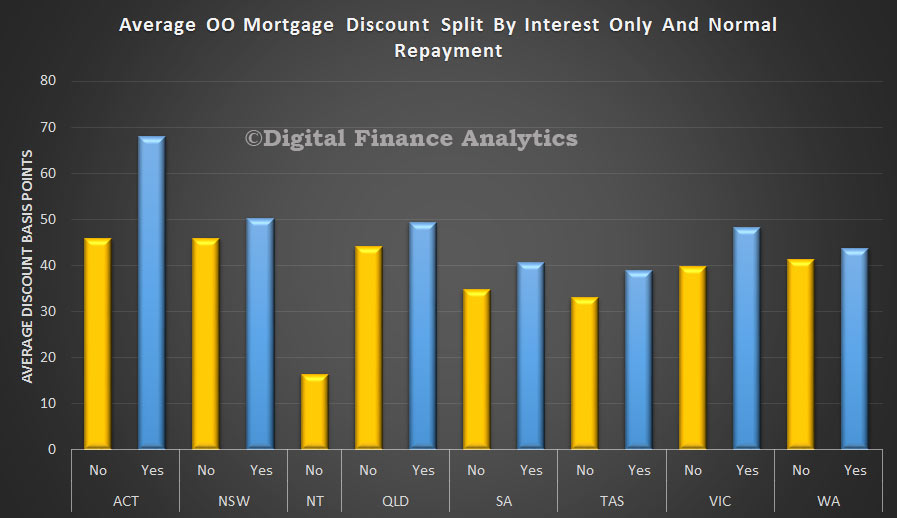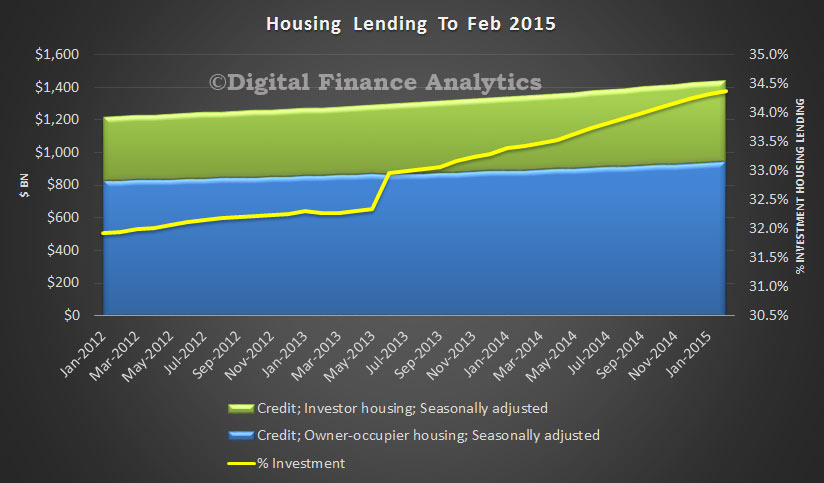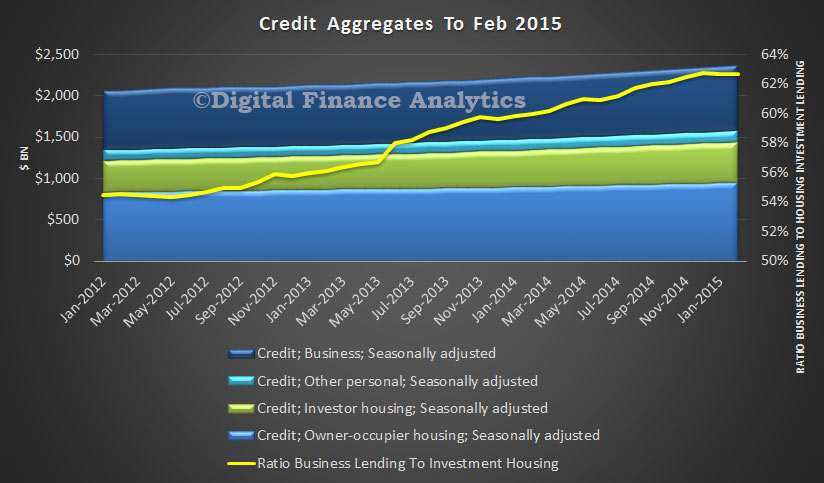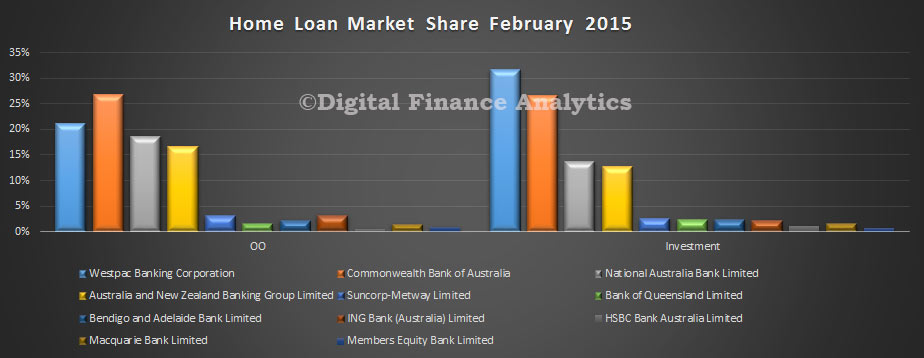According to Fitch Ratings, the Greek government’s intention to create a “bad bank” is a positive step towards achieving reform because it recognises that high volumes of non-performing loans (NPL) are impeding new lending. Nevertheless, banking sector reform proposals included in a broader package presented to eurozone partners on 1 April 2015 appear insufficient relative to the scale of the problems faced by Greek banks, despite potential benefits for banks’ asset quality and liquidity.
The package describes banking sector deficiencies as ‘critical’. We agree with this and believe failure of the banks is a real possibility, as indicated by the ‘CCC’ ratings assigned to the country’s largest banks.
NPLs have reached staggeringly high levels. Fitch estimates that domestic NPLs at National Bank of Greece, Piraeus Bank, Eurobank Ergasias and Alpha Bank (which together account for around 95% of sector assets) reached EUR72bn at end-2014, equivalent to 35% of combined domestic loans. Net of reserves, Greek NPLs reached a high EUR30bn and still exceeded the banks’ combined equity.
The proposal to create an asset management company, or bad bank, using remaining funds from the Hellenic Financial Stability Fund (HFSF), to deal with NPLs is potentially positive for the banks’ asset quality. The asset manager may also help banks’ weakened liquidity position if they, for example, receive HFSF-related funds in exchange for transferred NPLs.
However, the asset manager is unlikely to provide a material near-term solution to Greek banks’ asset quality problems unless it is highly geared. This is mainly because the volume of NPLs held by Greek banks vastly exceeds the EUR10.9bn HFSF buffer that would serve as capital for the bad bank.
The funding profile of the asset manager is still unclear. Fitch notes that Spain’s bad bank model, which hinged on government guaranteed bond issuance, with bonds qualifying for discount at the ECB, is unlikely to be replicated in Greece as Greek bonds cannot currently be pledged as collateral to the ECB. Fitch anticipates that Greek banks would still need to retain (and finance) sizeable stocks of unreserved NPLs, constraining future credit growth.
Furthermore, establishing correct values for the troubled loans will be difficult given the exceptionally challenging operating conditions. Therefore any transfers to an asset manager are likely to require asset write-downs, potentially further eroding banks’ solvency.
Fitch notes that Ireland and Spain’s bad banks have helped restructure balance sheets – but in these cases, troubled loans transferred to bad banks were linked to real estate. This is not the case in Greece where impairments are spread across all segments, making it more difficult to identify loans eligible to be transferred to an asset manager and to establish appropriate haircuts.
Proposals to introduce supervisory reform are potentially positive but will also be challenging to implement within a short timeframe, particularly in view of the period of extreme stress that the country is undergoing.
The proposals include a suggestion that NPLs should be resolved in a “socially fair” manner, which along with further wording, appears to hint at potential creditor unfriendliness. Fitch is uncertain whether some debt forgiveness is on the cards and whether the proposals point to state-directed lending ambitions. Similarly, proposals include expansion of the role of the Bank of Greece to encompass consumer protection, a function which, in other countries, often includes debtor-friendly measures.

